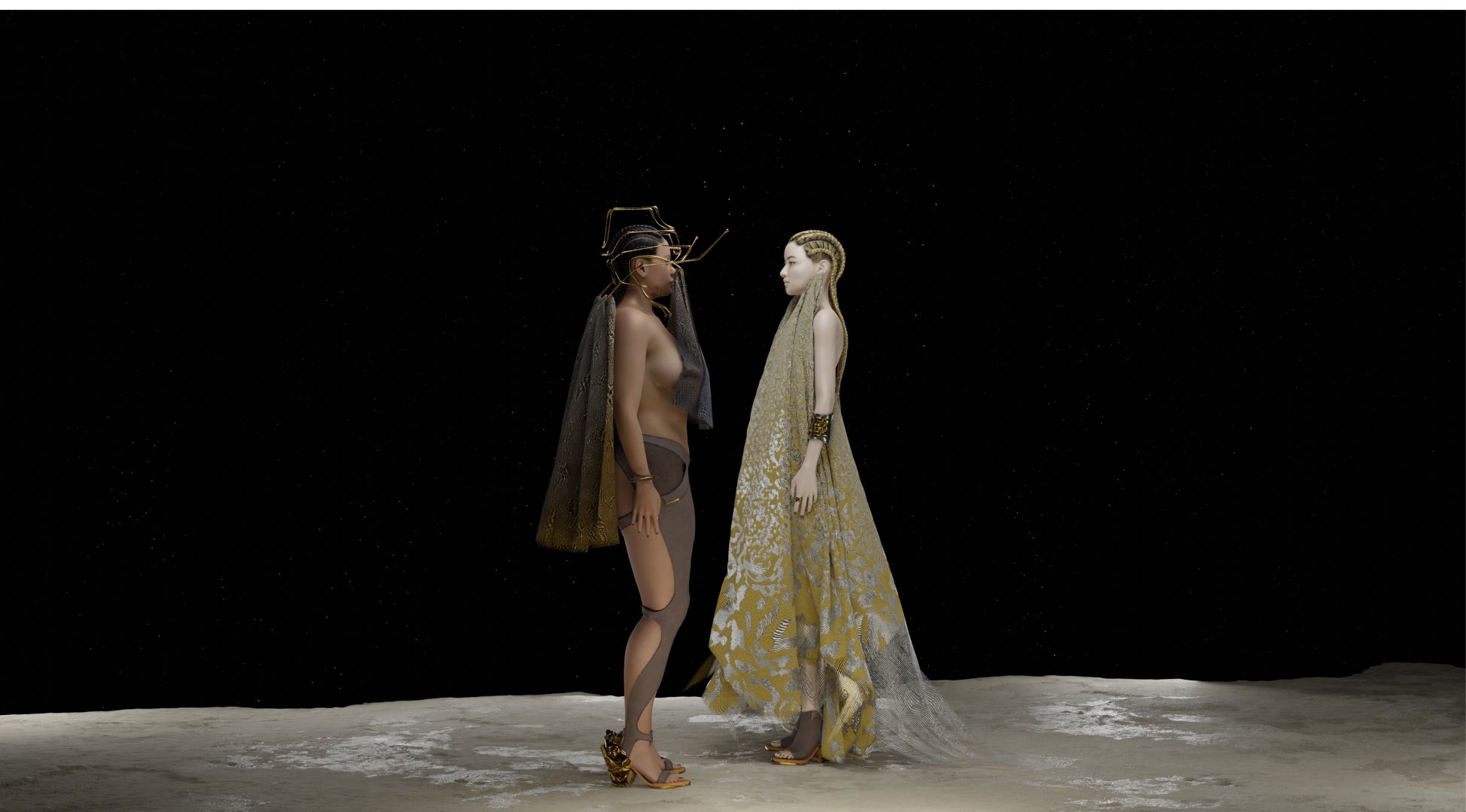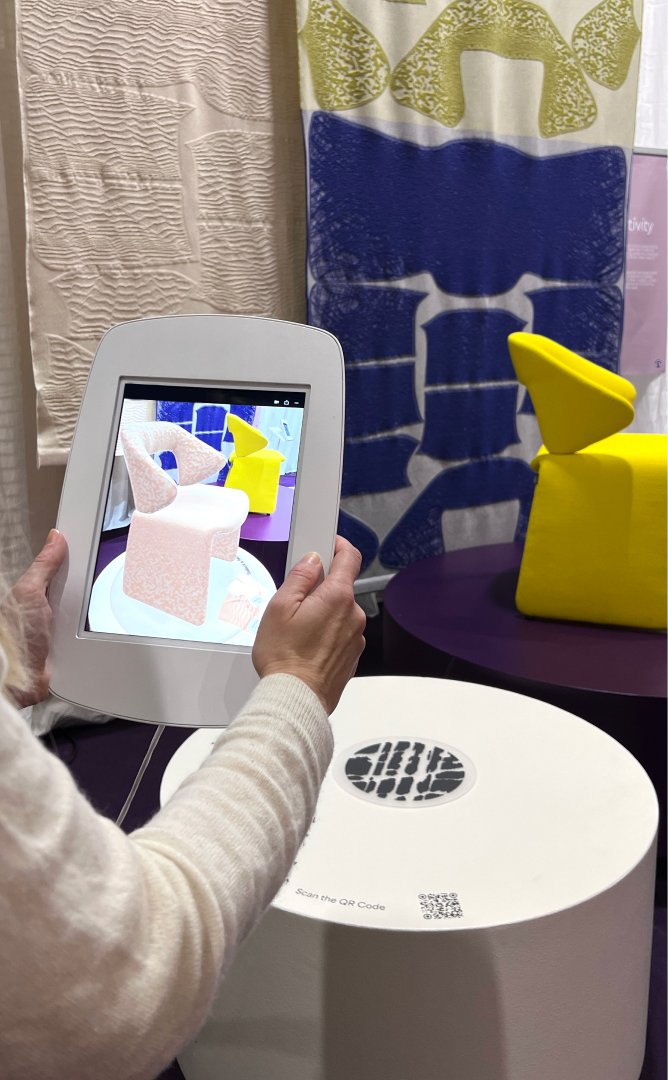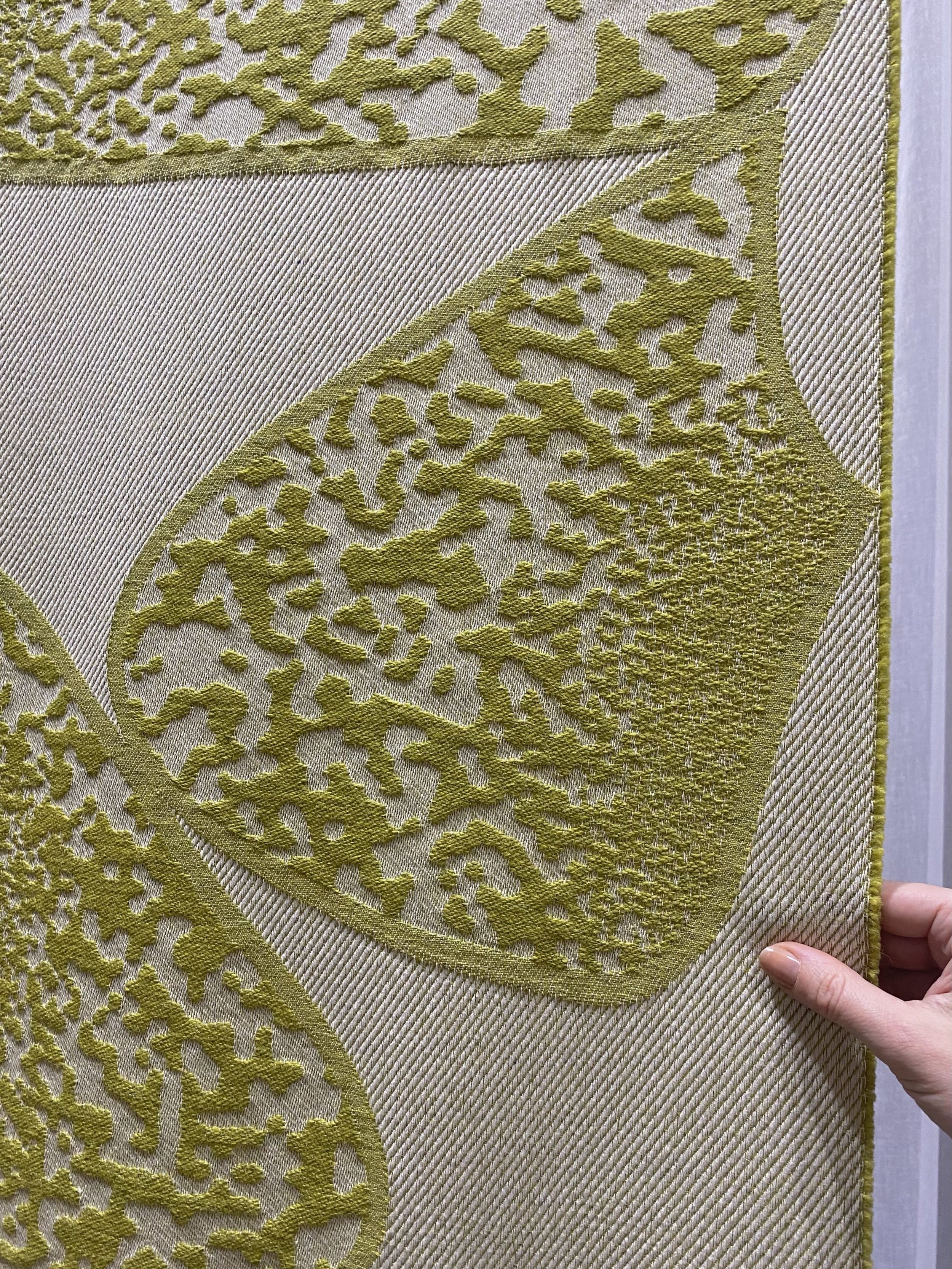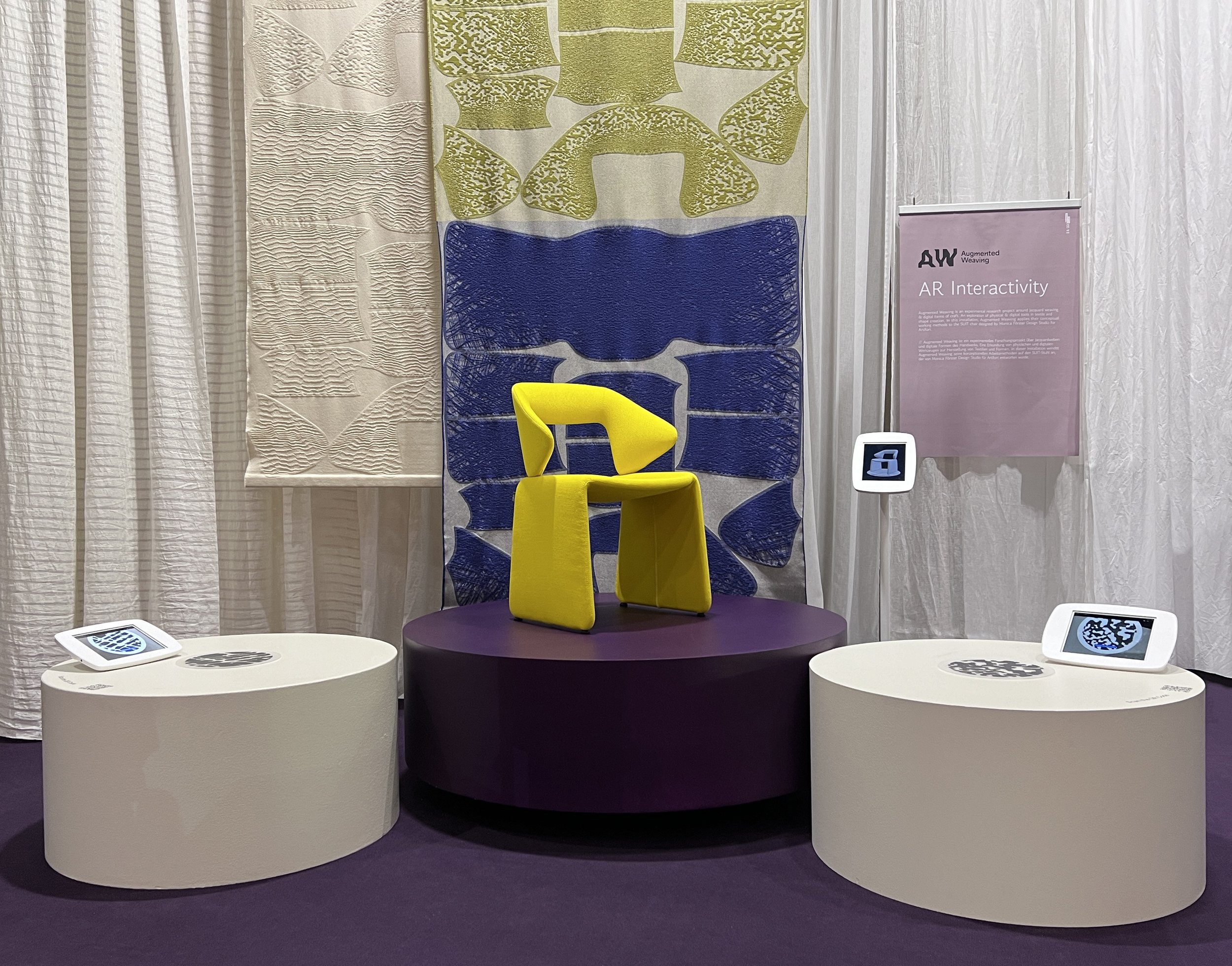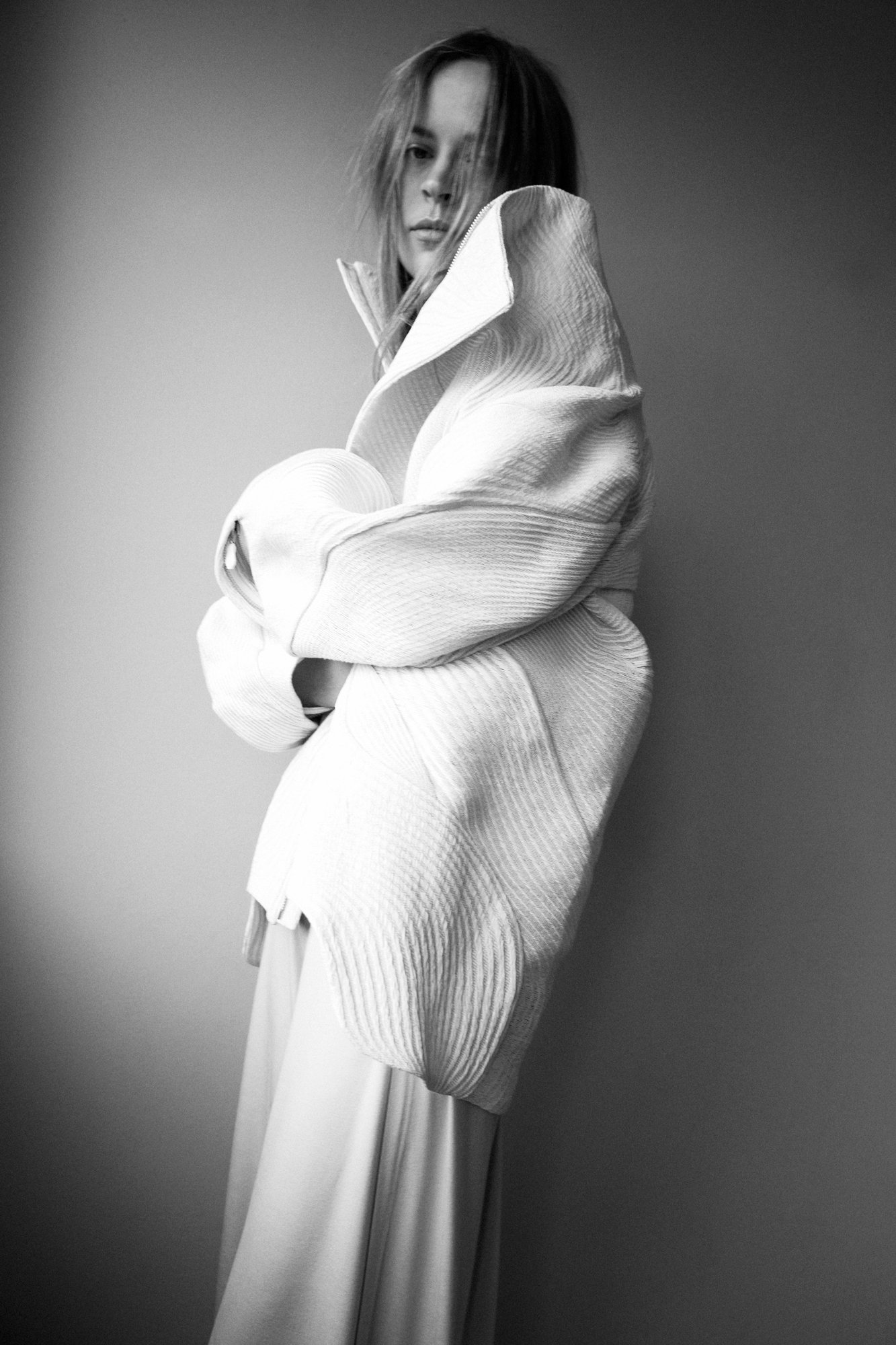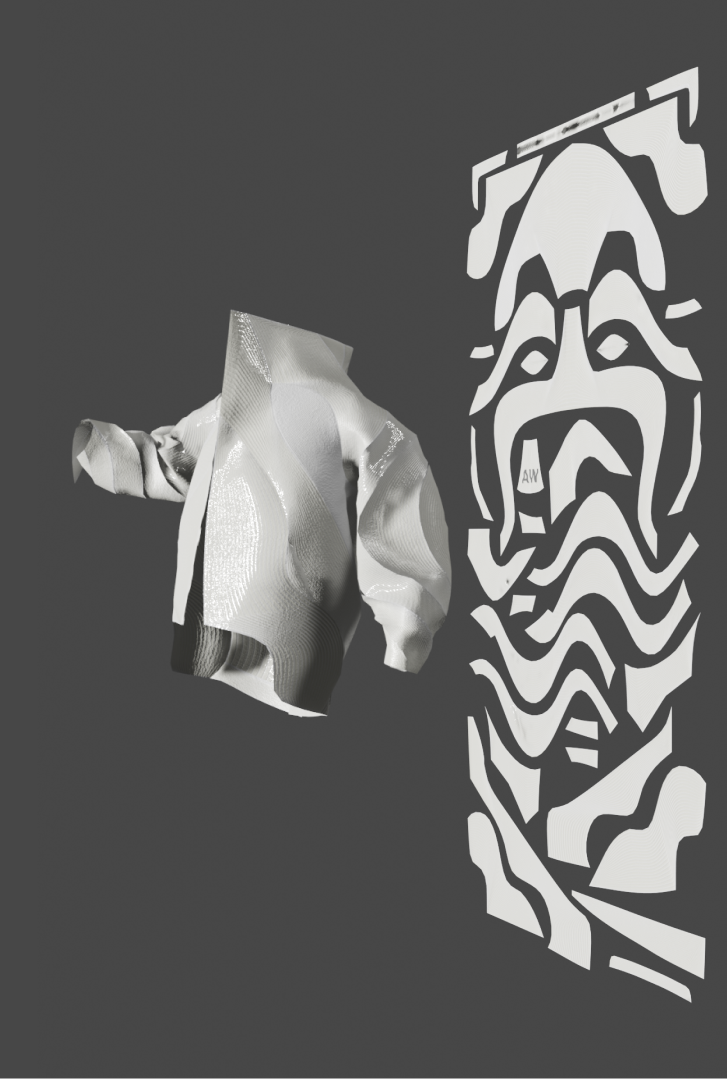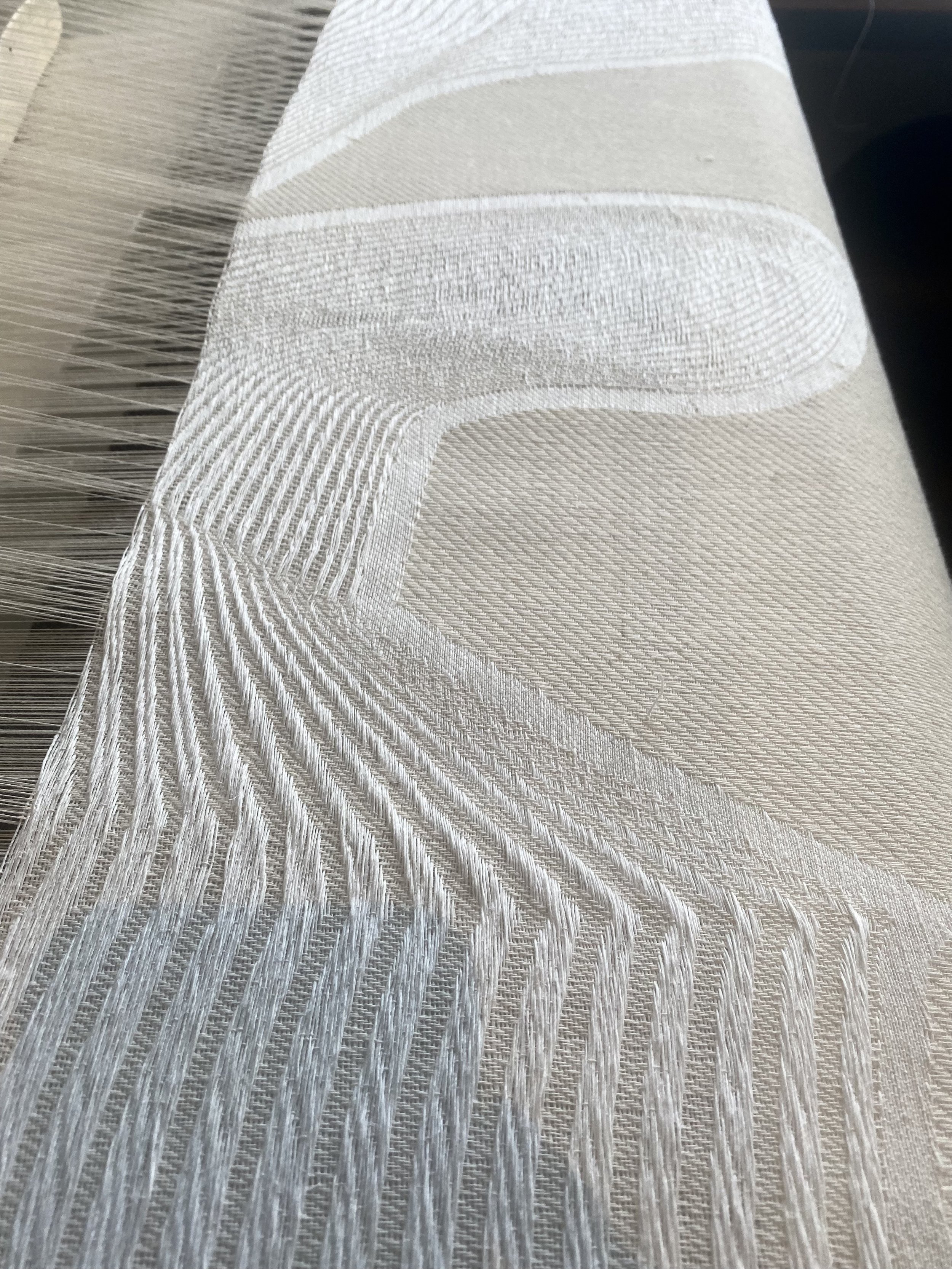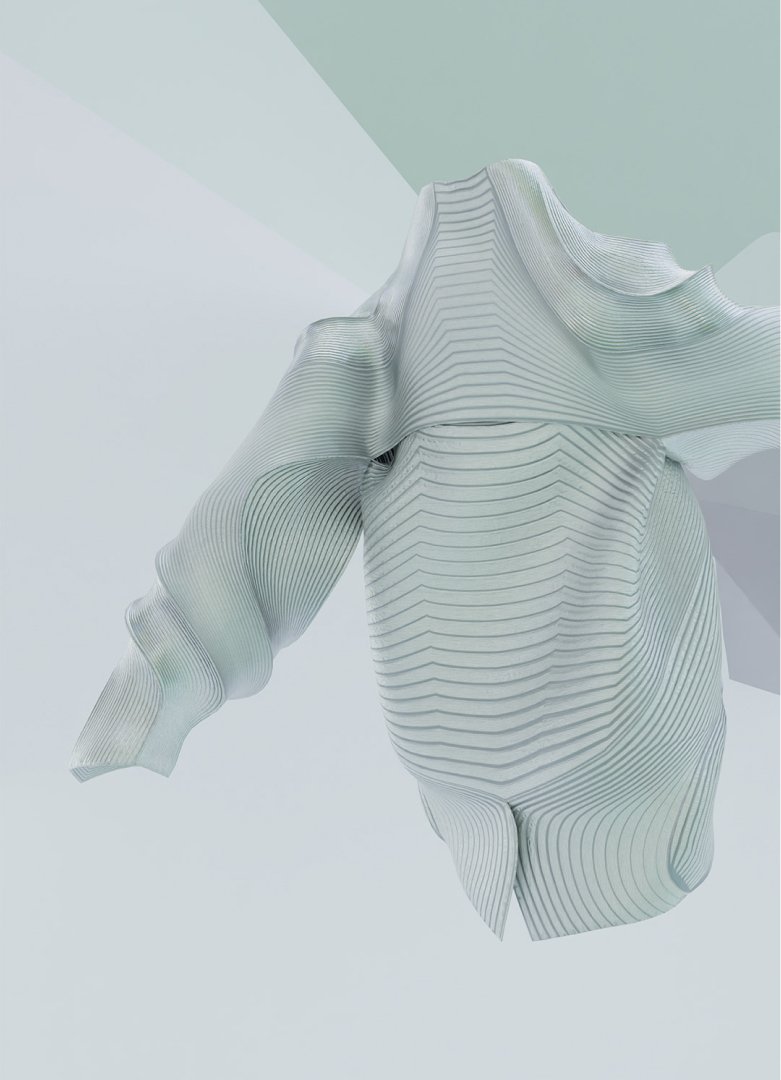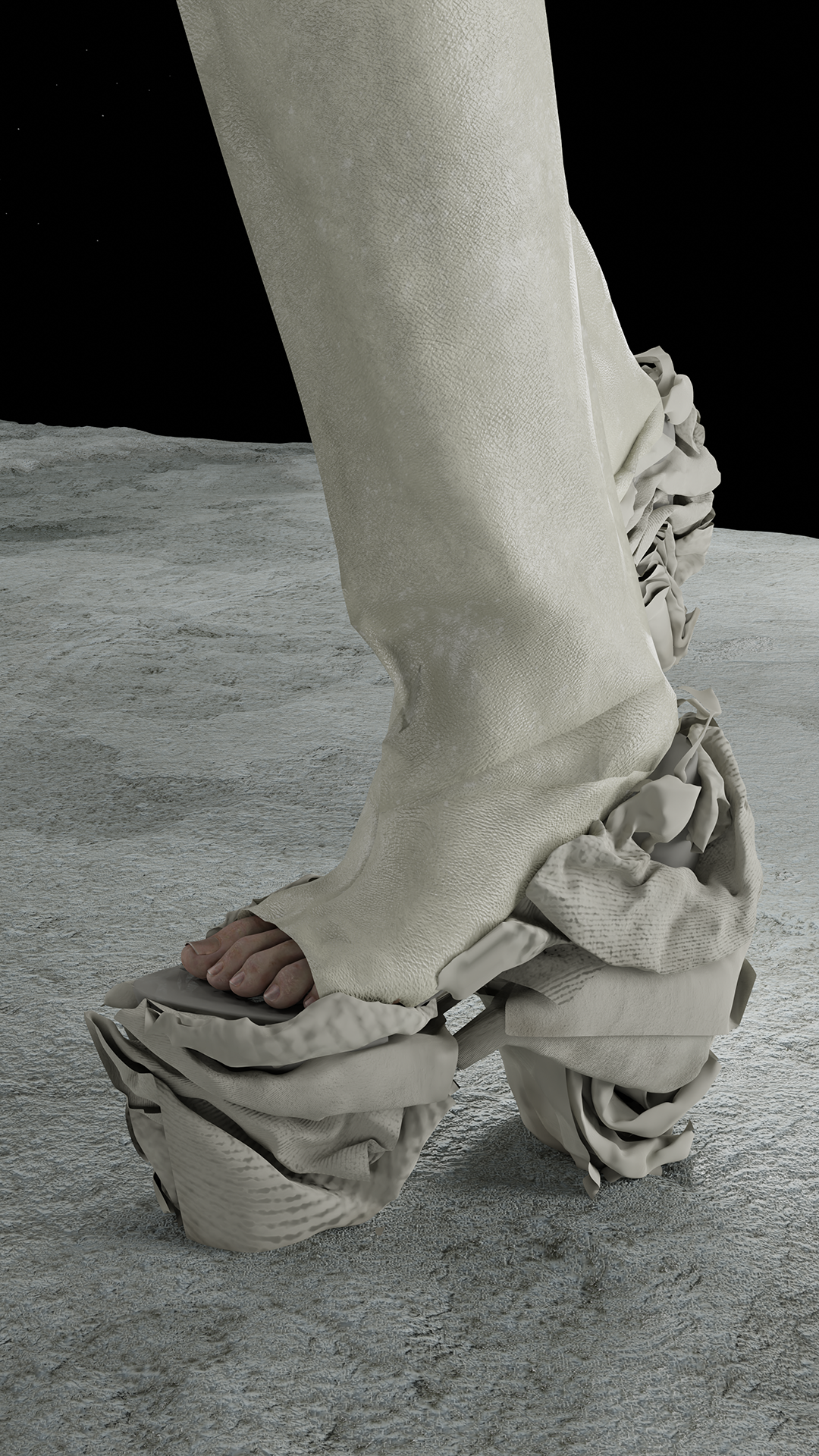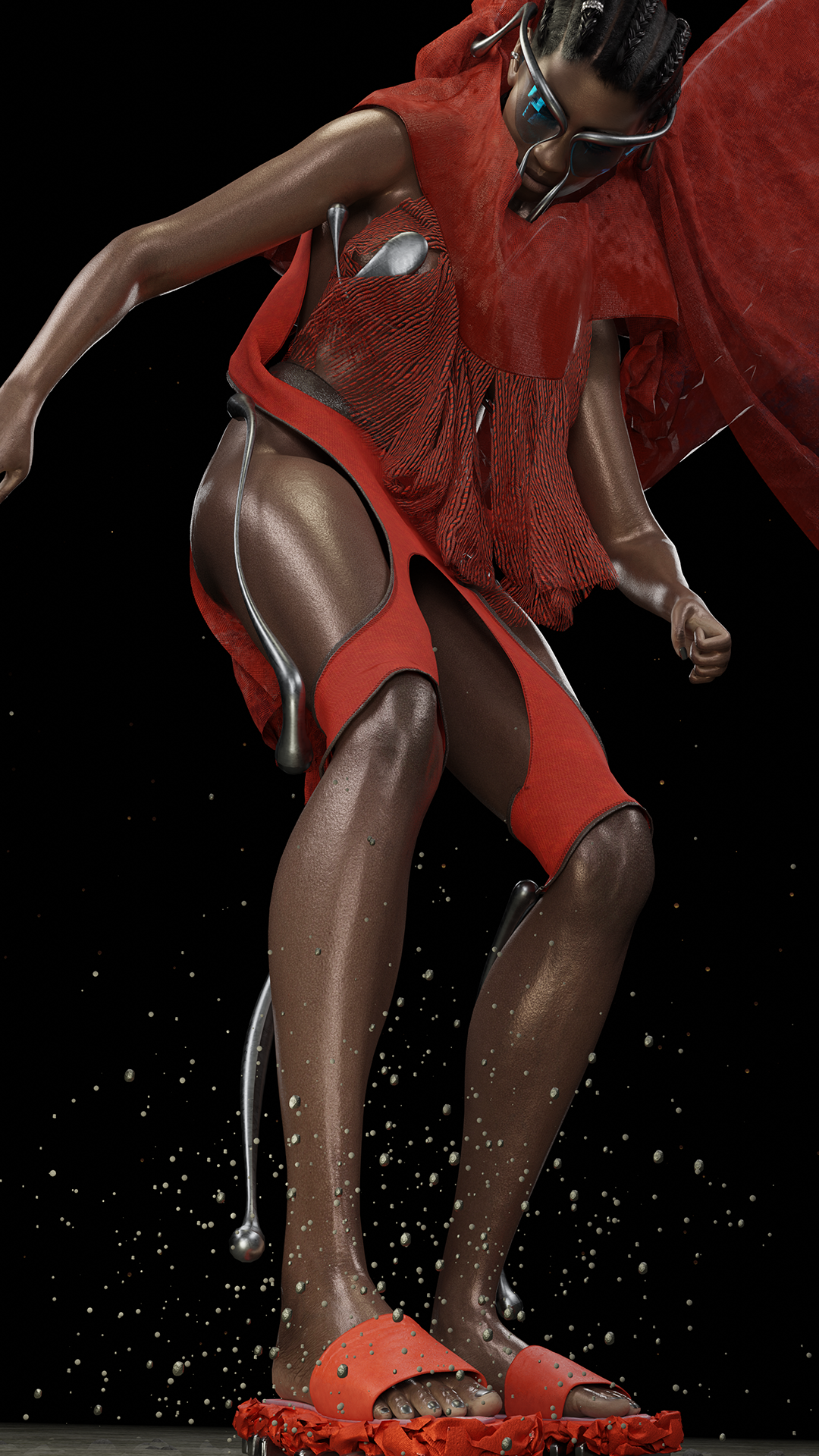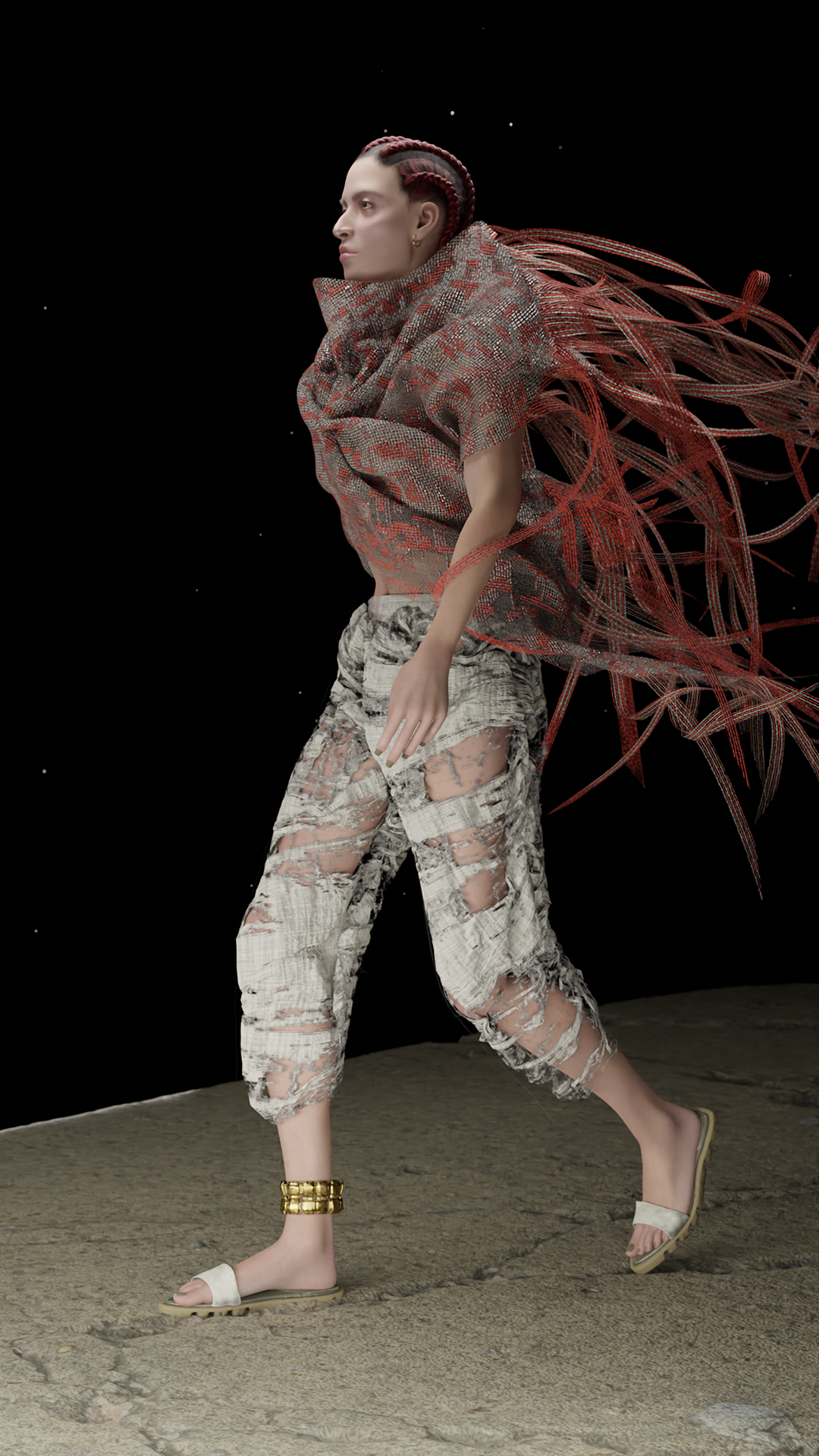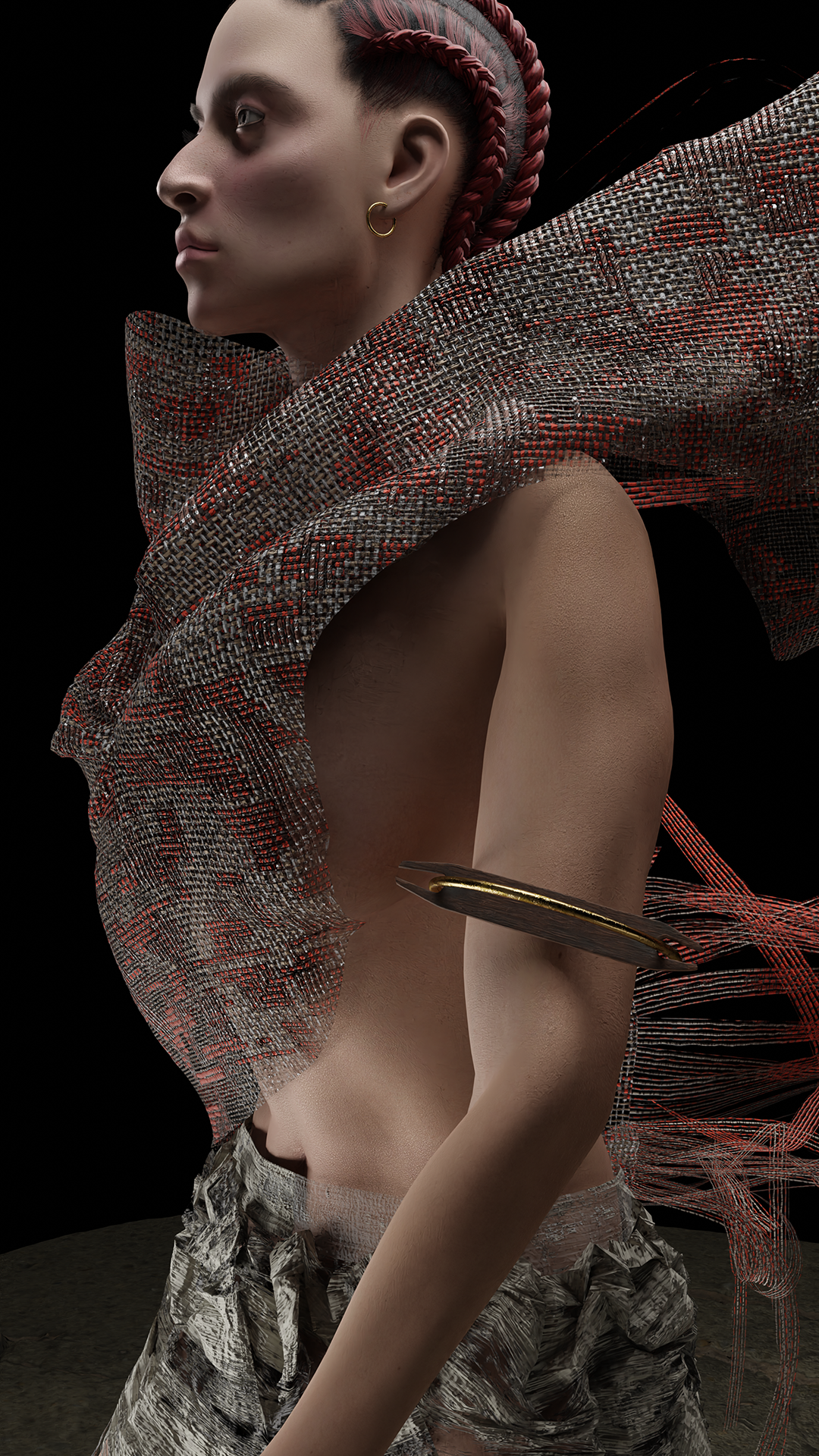CRAFT & TECH - collaborators not rivals
The spectre of a fully digitised future looms like a threat for many from the craft community. The Industrial Revolution serves as a cautionary tale, where the rise of machines diminished the role of the craftsperson contributing to our contemporary struggles of fast fashion, overconsumption and mass production.
In today’s digital revolution, with virtual landscapes capturing consumer imagination, some think we are destined to repeat a similar, detrimental pattern. The potential over-reliance on digital experiences could undermine the value and tactile experience associated with traditional crafts.
However, there's reason to believe we learn from the past and can take a different path. Today, consumers crave the human touch, appreciate imperfection of handmade and value stories embedded within the physical objects. Awareness of sustainability and ethical production grows further fuelling the desire for products with soul and sensory value.
It’s not about simply switching to an updated reality. It’s taking the best out of both worlds and blurring the lines between the old and new. Through integrating digital technology into traditional methods at the conception stage, designers can unlock possibilities and functionalities that would not be achievable with traditional methods alone.
What’s also important, ‘digital crafts’ are not detached from the physical world. To achieve high quality outcomes on the screen, designers must possess a thorough understanding of real-world materials and their tactile qualities. Likewise, traditional craft can benefit from increased precision, efficiency and new design possibilities.
“How might craft evolve using tech?” and “How might tech evolve using craft?” These are fundamental questions for Anita Michałuszko and her collaborator Flavia Bon in their experimental research project titled Augmented Weaving. Instead of simply layering technology on top of traditional processes, they look for harmonious ways of weaving tech and craft together into an innovative design DNA.
Despite launching pretty recently, in 2021, their work has already garnered industry recognition premiering at the Dutch Design Week 22, being nominated for the Swiss Design Awards 23 and even becoming part of the Museum für Gestaltung Zürich collection. Anita Michałuszko shares some valuable insights about their work as well as her own reflections and motivations behind it.
Anita and Flavia
At Augmented Weaving, physical, digital and virtual tools are treated as collaborators, not rivals: “There are many opportunities to evolve traditional craftsmanship with digital means. A tradition should live on, it should not get stuck in the past. Crafts also inspire the development of 3D software. It goes both ways, vice versa.”
Anita highlights that together with her project partner Flavia, they belong to the generation “in between”, which grants them greater flexibility and adaptivity than earlier and later generations. “While the older generation often approaches digital tools with scepticism, and the younger generation embraces them with excitement but may lack historical context, we occupy a space in-between. Therefore we aim to build bridges, integrating the knowledge of the past with the potential of the future.”
While Anita and Flavia both studied in Basel in Switzerland, their paths only crossed years later in the Netherlands. Sharing fascination about digital possibilities in fashion they decided to pursue an intensive summer course in CLO3D software at Amsterdam's AMFI. “Flavia's background is in tailoring and product development, while mine is in textiles and colour consulting.” explains Anita. “Having both graduated from Fashion Design, we collected years of industry experience before starting this project.” While Flavia leans towards the digital, Anita boasts a solid skillset in artisanal and industrial weaving. Both their skills and viewpoints on the topic add depth to their research and widen their creative outputs.
Anita's upbringing in Poland in the 70s and 80s, significantly shaped her approach to design.”You could not simply buy things even if you had the money. People were inventive, they used and reused materials in creative ways. It is a shame that we are losing these qualities and skills today by becoming mere consumers.’" she recalls. The spirit of making do with less resonates with today more than ever. The emphasis on sustainable principles in design finds a natural echo in her practice. “We know we have to consume less and also better.” The possibilities of the digital realm offers a territory to be playful without generating waste. Augmented Weaving’s recurring vision statement sounds:
“We are envisioning a future where the digital realm is a boundless playground while the creation of physical objects becomes rare and the ultimate luxury.”
For Augmented Weaving the set goal isn’t a product but rather the tools, processes, and the possibilities that arise from their combination depending on specific field of application. “Our approach centres around designing workflows that effectively integrate various tools into the creative process. This allows us to continuously experiment and prototype, embracing an open-ended and iterative approach. Each stage of exploration informs the next, leading us to new forms and ideas”.
“On the fraying edge'“ collection
Augmented Weaving’s innovative approach finds its application on digital catwalks, in wearable concepts as well garners interest from interior design companies. While they operate internationally, the Netherlands serves as their creative home base. Anita highly values openness to new ideas embedded in Dutch society and culture: “Here they really prioritise research and value the response to a need, viewing design within a broader perspective. Netherlands is where, next to personal freedom, independent reflection is highly praised. The significance lies in the idea itself, even if it's not fully resolved yet.”
Recently their commission for the Trends 24/25 exhibition of the Heimtextil fair in Frankfurt resulted in a collaborative project (above) with a Dutch furniture company. It was an innovative custom woven upholstery concept for the chair Suit designed by Monica Förster Design Studio for Artifort. Visitors could directly touch the fabric, feeling its texture and appreciating its qualities firsthand. Then, an AR installation unlocked a gateway to a customisable experience where one could play with different fabric options and test them out in real time using a life-size visualisation technology. "The fabric patterns were designed onto the chair to underline its shape, simulated with PenelopeCAD software and woven directly as cutting patterns.” The project demonstrated an experience before existence approach, highlighting the advantages of augmented reality in a made to order production line.
Collection Insights; photo by Pierre Kellenberger
The exhibition Collection Insights - 7 Perspectives at the Museum of Design in Zurich showcases (till 01.12.24) their exciting fashion application creating a technical reconstruction of the One-Seam-Coat by Cristóbal Balenciaga. There, they employed solely digital medium, which allowed them to bring the iconic piece back to life through two distinct 3D-animations. One showing the folding cutting pattern and explaining the construction. The other one showcasing a walking avatar wearing the coat.
In terms of wearable concepts, one particularly intriguing one is the "Twisted Object”, which emerged from a series of experimental prototypes. Sketching using virtual reality tools gave a start to abstract shapes which were then translated into flat cutting pieces. "The shape of the jacket and the cutting pattern were entirely constructed and simulated in Clo3D. The resulting 2D pattern pieces were translated into weaving patterns. All details like seam allowances, notches and text were worked directly into the fabric.” explains Anita. Handwoven on the TC2 jacquard loom, the fabrics feature a unique relief line structure customised to each shape. “To manifest physically as a jacket it only took cutting and assembling the pattern pieces correctly.”
The final product is not only an inspiring conceptual piece but also a fully functional and well-made garment. Typical of Augmented Weaving projects, the physical form is crafted with equal meticulous craftsmanship as the digital. The physical prototype employed various tailoring techniques such as French seams or hidden zippers. The accompanying virtual prototype, in turn, was refined digitally to the highest detail.
An immersive 360-degree simulation provided the same depth of experience as its physical counterpart. Moreover, a 3D animation was created to explain the fascinating process of transformation from flat fabric to sculptural form.
The jacket’s harmonious, flowy silhouette is owed to its unique weaving pattern - an integral part of both its decoration and construction. “Together with the yarn it determines how the fabric will fall and feel. The structured lines were generated by software based on the outline of each individual cutting pattern piece. Therefore, the pattern is not random and tells something about the shape itself.” says Anita.
Currently, Twisted Object exists in two versions. One woven with hemp yarn and the updated one with PU coated polyester thread, with both having cotton as a warp. The project was showcased at different stages of development during Dutch Design Week, ITMA Milan and Direktorenhaus Berlin. Notably, in 2023, the Swiss Federal Office of Culture acquired the entire project as an installation for the Museum für Gestaltung Zürich permanent collection.
Digital collection “On the Fraying Edge” seems like an embodiment of their design language and evidence of Flavia’s and Anita’s creative DNAs combined. “Each outfit is built on the source of heritage craftsmanship, such as tailoring or weaving and projected into a possible future.” The collection’s title metaphorically reflects the position of their practice - on the fragile verge of physical and digital crafts. The fraying edge is also a nod to the tactility, imperfection, irregularity, qualities that today are highly valued. Despite existing solely in the digital realm, the collection maintains a remarkable, almost palpable quality.
Threads, intricate details and rich textures are recreated with striking realism. The digital fabrics are subtly altered with stretches and tears, which further enhances their tactile feel. The lineup was part of the Future Front Row event - a pioneering holographic runway show during the Amsterdam Fashion Week in 2023. Successfully received by the audience and industry, it got an apt comment from the event co-founder Antonio Talarico who said “You could almost feel it!”.
Speaking of materials Anita brings up her childhood memory “My grandparents had a linen harvest back in Poland and I’m actually lucky to have a precious heirloom linen bedding of their make which survived until this day. The looms were removed before I was born, but my grandma explained to me how they dried the linen on the fields before giving it away for spinning and dyeing. Then they wove fabrics from these yarns.” She admits having a strong preference for natural materials that have body and character such as linen or hemp, but says that those materials are the hardest to get right digitally. “White linen simply looks dull. That’s why the aesthetics of digital fashion are so dominated by reflection and shine. Easy to do and impactful. Wanting to create unexpected results with a traditional technique like weaving, it's difficult to stay solely within familiar natural fibres.” One of her favourites is a PU coated yarn, giving an impression of a fake leather yarn. “It’s beautiful but not sustainable in any way. We are currently looking for a responsible replacement, with hope lying in vegan cactus leather or paper yarns.”
When asked about dreams and plans related to the project, Anita shares: “The goal for the upcoming years is to sustain our experimental research and practice. At the same time extend our possibilities in collaboration and dialogue with others. Individuals, educational institutions and companies.” Looking at the variety and number of projects realised just in its third year running, the future undoubtedly holds bright prospects for them. “Most of all I want to continue weaving. Physically and digitally.There are endless possibilities to be explored just by interlacing threads.”
Learn more and follow Augmented Weaving’s experimental journey via Instagram.
________________________________
Latest news - Augmented Weaving is one of the finalists in the Fashion and Textile Design category of the Swiss Design Awards 2024! Their work will be exhibited in June in Basel.
📆 SAVE THE DATE
Swiss Design Awards 2024
11-16 June
Hall 1.1, Messe Basel
Free Admission

